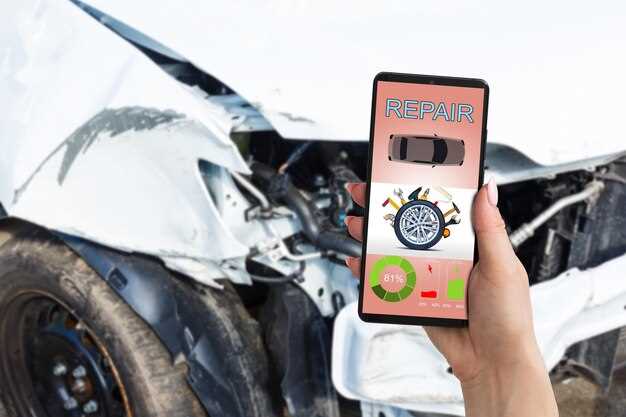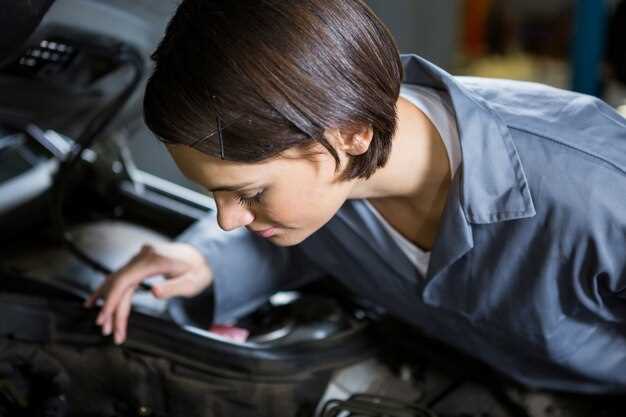
Experiencing a car that won’t start can be a frustrating and stressful situation for any driver. Whether you’re late for work or planning a weekend getaway, the inability to start your vehicle can throw a wrench in your plans. Understanding the common reasons for a car not starting and knowing some troubleshooting tips can help you get back on the road quickly.
In this guide, we’ll explore a variety of factors that can contribute to a car’s starting failure. From battery issues to fuel system problems, we’ll walk you through practical steps to identify the root cause of the issue. Moreover, we’ll provide useful tips that can help you determine whether you can resolve the problem yourself or if it’s time to seek professional assistance.
By being proactive and informed, you can alleviate some of the anxiety associated with car troubles. Our troubleshooting tips aim to empower you with the knowledge needed to address the situation effectively. Let’s dive into the most common reasons why your car might refuse to start and how you can troubleshoot these issues efficiently.
Checking the Battery and Electrical System

When your car won’t start, one of the first areas to investigate is the battery and electrical system. A weak or dead battery is often the culprit, so ensuring it’s in good condition is essential.
1. Visual Inspection: Begin with a thorough visual inspection of the battery. Look for any signs of corrosion on the battery terminals, which may appear as a white, powdery substance. If present, clean the terminals using a mixture of baking soda and water, applying it with a brush before rinsing and drying the area.
2. Check Battery Voltage: Use a multimeter to measure the voltage of the battery. A healthy, fully charged battery should read about 12.6 volts or higher. If the reading falls below 12.4 volts, the battery may be undercharged. A reading below 12 volts indicates that the battery is likely dead or very weak.
3. Test Battery Load: If you suspect the battery is the issue, conduct a load test. This involves using a battery load tester to apply a load while measuring the voltage. If the voltage drops below 9.6 volts while under load, the battery is likely failing and should be replaced.
4. Inspect the Charging System: If the battery appears to be functional, investigate the alternator and electrical system. With the engine running, the voltage at the battery terminals should read between 13.7 and 14.7 volts. If it’s lower, the alternator may not be charging the battery properly.
5. Check Fuses and Connections: Inspect the fuses related to the ignition system and battery. A blown fuse can prevent the car from starting. Also, verify that the battery cables are securely attached and free of damage. Loose or damaged connections can lead to electrical failure.
6. Starter Relay and Solenoid: If the battery and alternator check out, consider the starter relay and solenoid. Listen for a clicking sound when attempting to start the car. A click may indicate that the relay is working, but the starter itself might be malfunctioning.
Regular maintenance of the battery and electrical system can prevent starting issues. If these checks do not resolve the problem, further diagnostics may be necessary to identify other underlying issues.
Examining Fuel Supply Issues
When a car won’t start, one possible reason could be an issue with the fuel supply. Identifying problems in this area requires a methodical approach to ensure that fuel is reaching the engine as it should.
Begin by checking the fuel gauge to verify that there is sufficient fuel in the tank. Sometimes, the gauge may be malfunctioning, leading to an incorrect assumption about fuel levels. If the gauge indicates low fuel, add a few gallons and attempt to restart the vehicle.
If fuel levels are adequate, the next step is to examine the fuel pump. Listen for a humming sound when turning the key to the “On” position without starting the engine. This sound indicates that the fuel pump is functioning. If no sound is heard, the pump may be faulty or there may be an issue with the electrical connections.
Inspect the fuel filter for clogs or blockages. A dirty or clogged fuel filter can restrict fuel flow to the engine, leading to starting difficulties. If necessary, replace the fuel filter according to the manufacturer’s specifications.
Additionally, check for any fuel leaks in the lines and connections. Look for wet spots or stains under the vehicle and smell for gasoline. If leaks are found, they must be addressed immediately to ensure safety and restore fuel flow.
Lastly, consider the possibility of bad fuel or fuel that has gone stale, especially if the vehicle has been sitting for an extended period. If you suspect this to be the case, draining the old fuel and refilling the tank with fresh fuel may resolve the starting issue.
Testing the Starter and Ignition Components

When a car fails to start, one of the first areas to investigate is the starter and ignition systems. These components are crucial for the engine to crank and run. Here’s how to test them effectively.
Testing the Starter
The starter is responsible for turning the engine over. To check if the starter is functioning properly, follow these steps:
- Check Battery Voltage: Ensure the battery is fully charged. A weak battery can prevent the starter from working. Use a multimeter to measure the voltage; it should be at least 12.6 volts.
- Listen for Clicking Sounds: When you turn the key, listen for a clicking sound. A single click may indicate a faulty starter relay, while rapid clicking suggests a weak battery.
- Test the Starter Relay: Locate the starter relay in the fuse box. Remove it and use a multimeter to measure continuity. Replace it if there is no continuity.
- Directly Power the Starter: Using jumper cables, connect the starter directly to the battery. If it spins, the starter is likely fine. If not, the starter itself may need replacement.
Testing the Ignition System
The ignition system ignites the air-fuel mixture in the engine. To check its components:
- Inspect the Ignition Coil: The ignition coil boosts the battery voltage. Use a multimeter to check the primary and secondary resistance. Compare these readings with manufacturer specifications.
- Examine Spark Plugs: Remove the spark plugs and check their condition. Look for corrosion or excessive wear. Clean or replace as necessary.
- Test for Spark: Use a spark tester. Attach it to the plug wire and crank the engine. A strong, blue spark indicates a functioning ignition system. A weak or absent spark signifies a problem.
- Check Ignition Switch: The ignition switch sends power to the ignition system. Test for power at the switch using a multimeter. If there’s no power, it could be faulty.
By systematically testing these components, you can identify whether the issue lies within the starter or ignition system, allowing for appropriate repairs to restore functionality to your vehicle.





